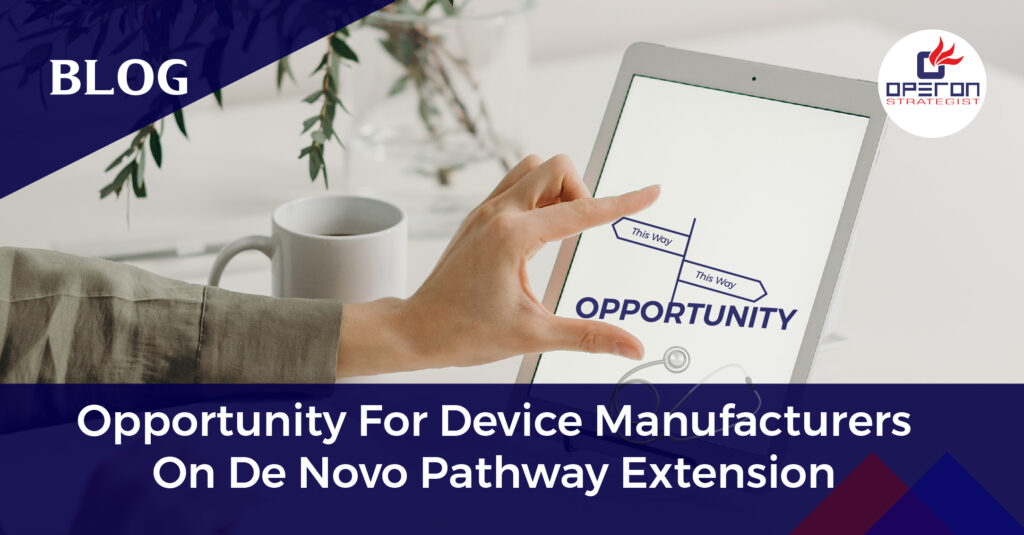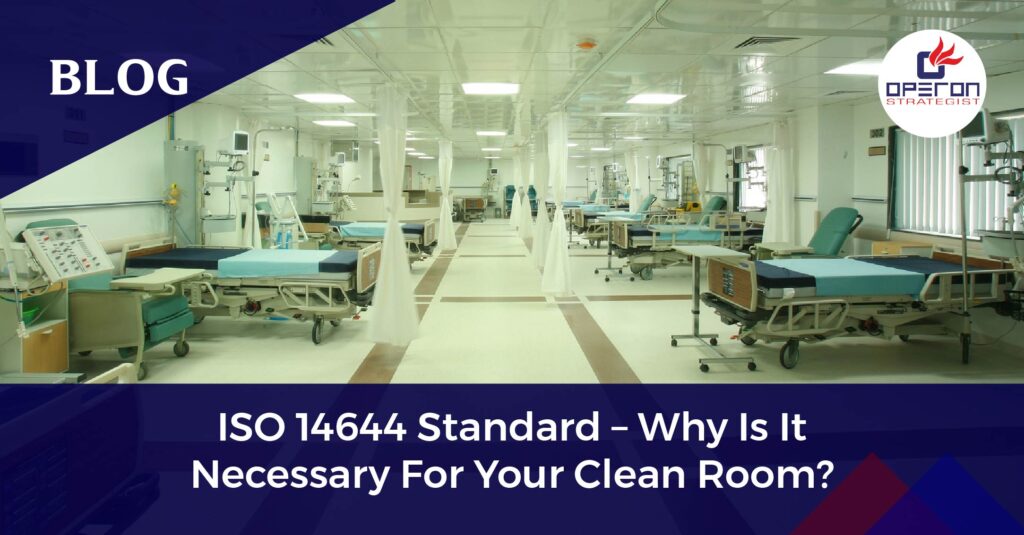Comprehensive Guide to Breathing Apparatus Manufacturing
Breathing apparatus manufacturing is a complex yet essential process that ensures respiratory protection across various industries, including healthcare, emergency response, and industrial safety. These life-saving devices must meet strict quality and regulatory standards to guarantee safety and performance.
At Operon Strategist, we specialize in guiding manufacturers through every stage of breathing apparatus manufacturing, ensuring compliance with global regulations. In this blog, we explore how these critical devices are designed, produced, and approved for use.
Looking For a Medical Device Regulatory Consultant?
The Manufacturing Process of Breathing Apparatuses
The journey of breathing apparatus manufacturing begins with meticulous planning and ends with regulatory approval. Let’s break it down step by step:
1. Design & Prototyping
A well-designed breathing apparatus must be functional, ergonomic, and safe. Engineers and designers collaborate to create prototypes that undergo rigorous testing to ensure durability and efficiency. This stage focuses on:
- Ergonomic design for user comfort
- Functionality tailored to specific environments
- Safety features that comply with industry standards
2. Material Selection
Choosing the right materials is crucial for performance and durability. Manufacturers select materials based on:
- Biocompatibility for medical applications
- Resistance to chemicals and extreme temperatures
- Mechanical strength for longevity and reliability
3. Manufacturing Techniques
Different techniques are used depending on the type of breathing apparatus. Common methods include:
- Injection molding for plastic components
- Precision machining for metal parts
- Advanced assembly of electronic and filtration systems
4. Quality Control & Testing
Every breathing apparatus undergoes rigorous testing to ensure it meets performance standards. This includes:
- Leak testing to prevent air loss
- Filtration efficiency checks
- Mechanical integrity assessments
5. Packaging & Sterilization
Once manufactured, breathing apparatuses are packaged in sterile conditions to maintain hygiene. Sterilization methods such as gamma radiation or ethylene oxide may be used to eliminate contaminants.
Regulatory Compliance in Breathing Apparatus Manufacturing
Compliance with global regulatory standards is essential for breathing apparatus manufacturers. Here are some key regulatory bodies and their requirements:
- FDA (USA): Requires premarket approvals such as 510(k) clearance and adherence to Quality System Regulations (QSRs).
- CE Marking (EU): Ensures compliance with Medical Device Regulation (MDR) standards for safety and performance.
- CDSCO (India): Requires manufacturers to obtain a CDSCO manufacturing license for production.
- SFDA (Saudi Arabia): Regulates medical device registration and post-market surveillance.
Get in Touch With Us for Expert Guidance on Regulatory Services
How Operon Strategist Can Help
Navigating the complexities of breathing apparatus manufacturing requires expertise. Operon Strategist offers comprehensive consulting services, including:
- Regulatory Strategy Development: Ensuring compliance with FDA, CE, CDSCO, and SFDA requirements.
- Quality Management Systems: Implementing ISO 13485 and other relevant quality standards.
- Risk Management: Conducting assessments to enhance product safety and efficiency.
By partnering with Operon Strategist, manufacturers can streamline the approval process, maintain regulatory compliance, and bring high-quality breathing apparatuses to market efficiently.




